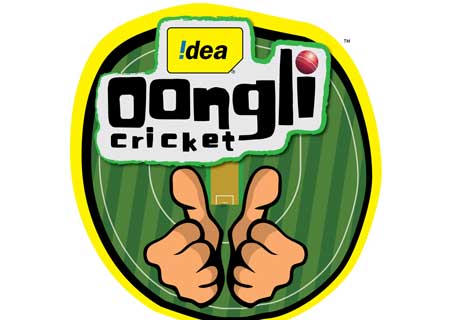The challenge of the brief was to encourage ActionAid's older supporters to say Bollocks To Poverty and make a massive difference by giving £5 a month, i.e. just 17p a day to ActionAid's work.
From my primary research I understood the very reason behind pure unselfish altruism; that most people give to charity not as an expression of the virtue itself, but as a selfish gesture of a feel-good factor.
I had trouble finding out facts and figures about how much ActionAid does for the Bollocks to Poverty campaign. I emailed asking a few questions and they were kind enough to reply and address my request to send me their Annual Review, which held plenty of information; Real people and real stories.
I compared prices of household items like bananas, apples, band-aids, pencils, beer, cigarettes, etc. with what and how much it could buy in under-developed nations and realised there was a huge difference. A gift of just 17p a day is all it takes to start changing lives in the poorest countries in the world. I dabbled about with simple images and text and developed a set of 3 posters showing these comparisons. I wanted to screenprint these posters to give them a personal touch. However, I messed them up the first time and due to the lack of time I couldn't try again. I wish I had managed my time better and will keep this in mind for the future.
I felt that I needed to expand my campaign to beyond just the 3 posters. I was very inspired by 'A Blind Call'; a very smart social campaign in Belgium, taking advantage of technology. It directs all mis-dialled calls to a special number that when dialed donates the cost of the call to a charity organization. I wanted to take this opportunity to expand my work into media that I hadn't explored before. I advanced my campaign to a Daily SMS worth 17p to go towards ActionAid that people could sign up for.










 Doug Melville
Doug Melville

